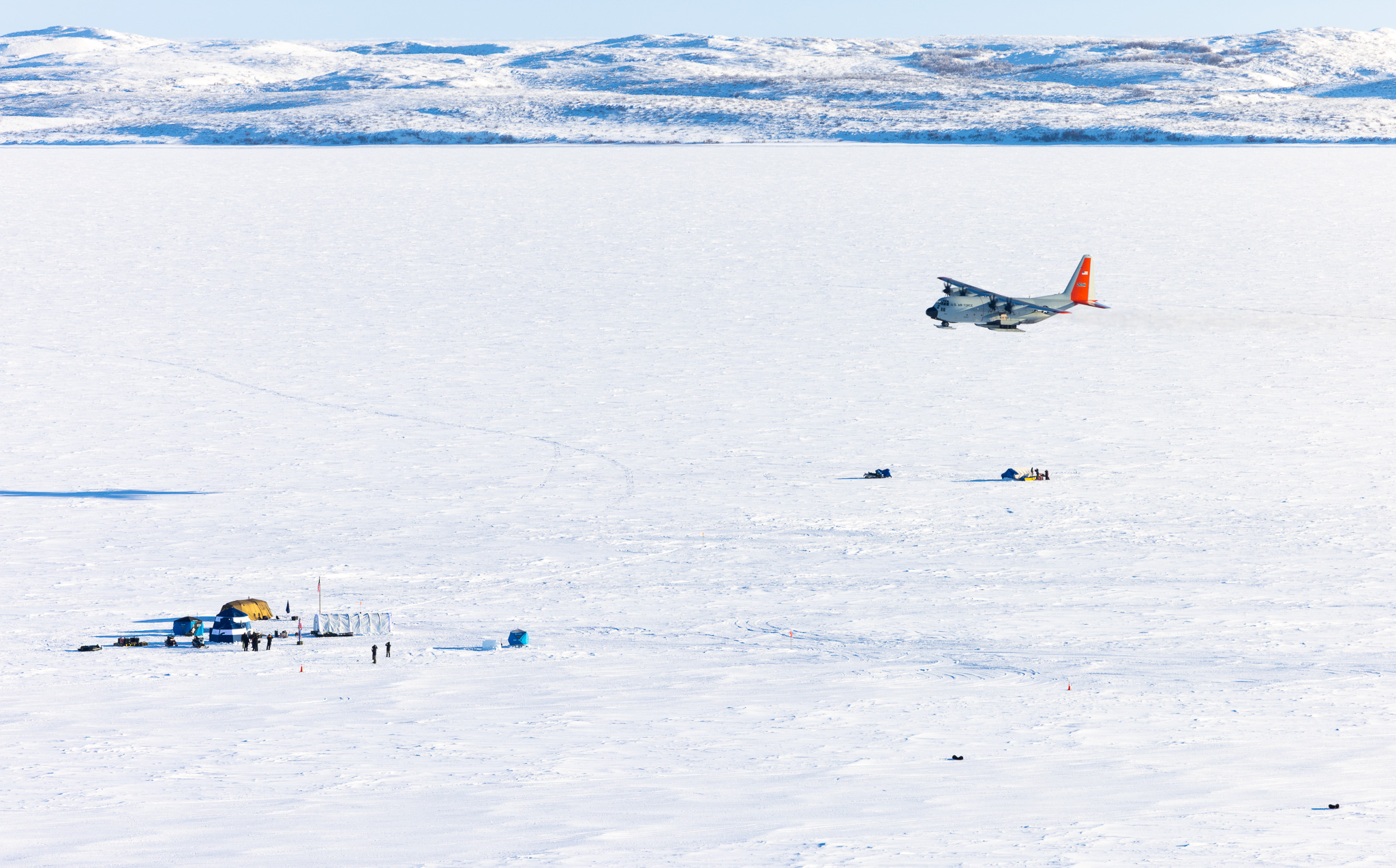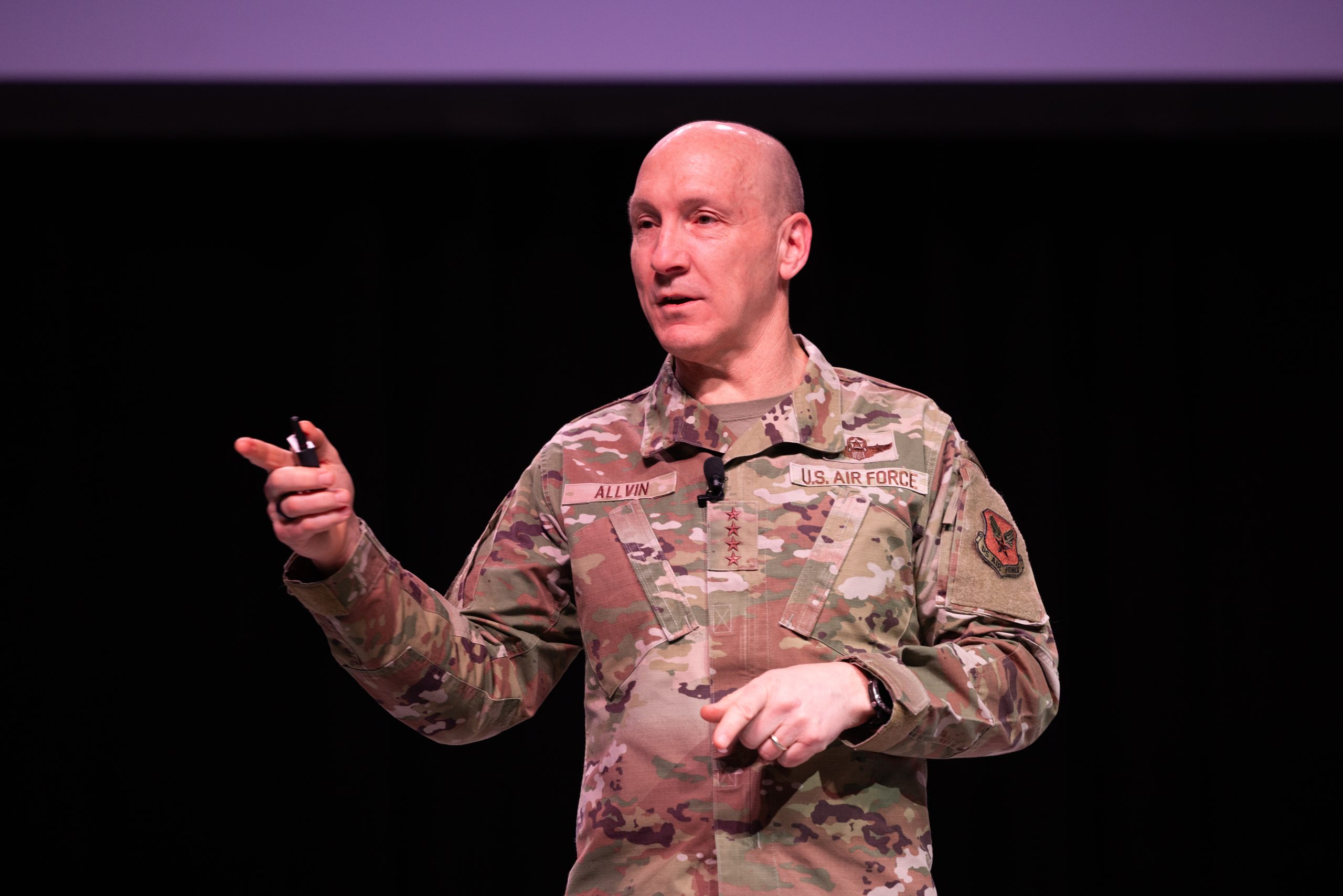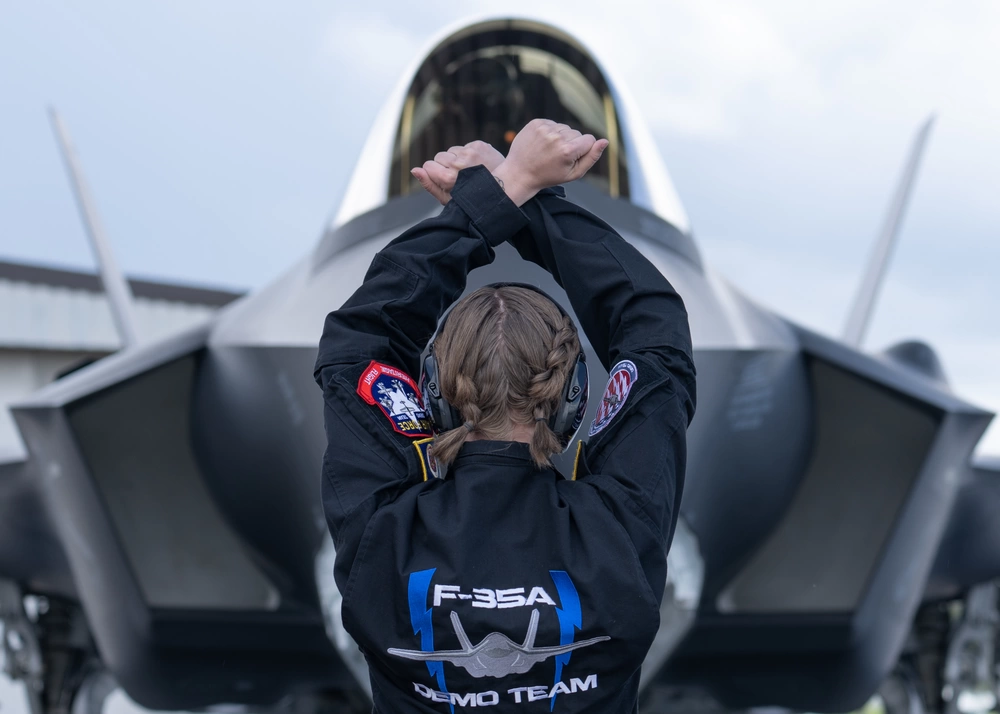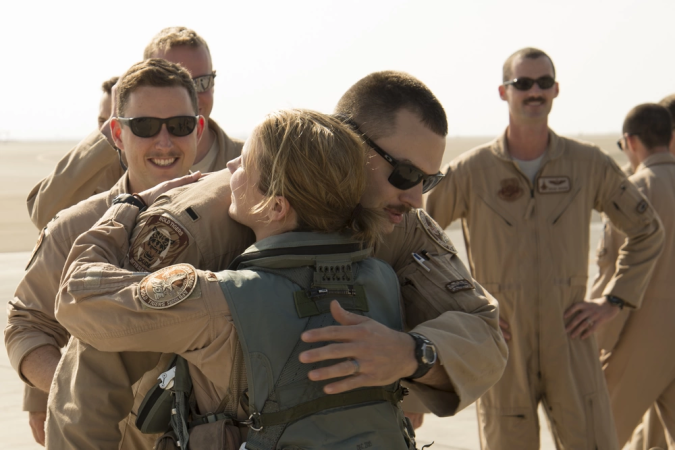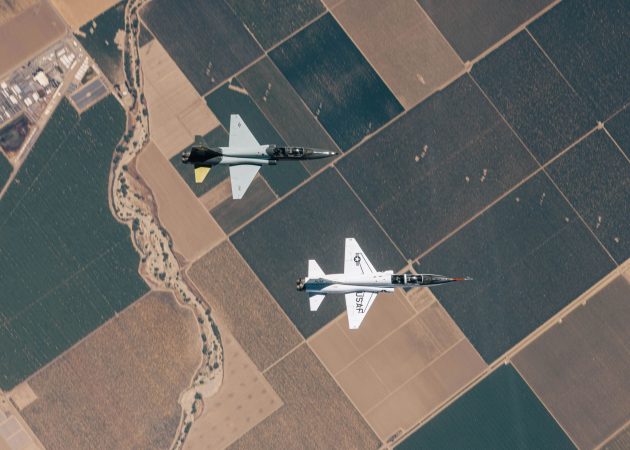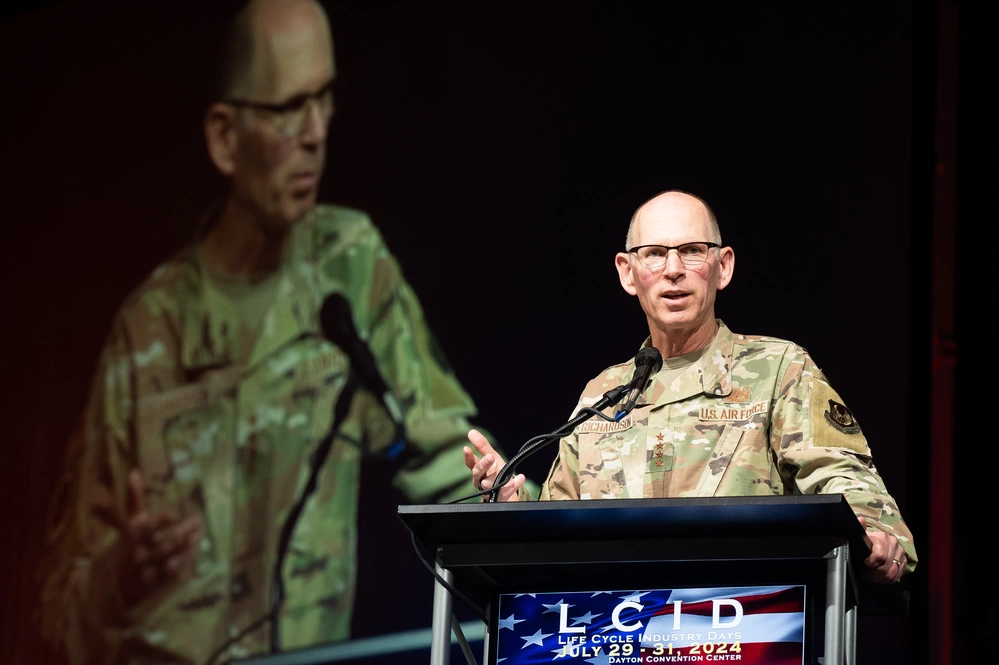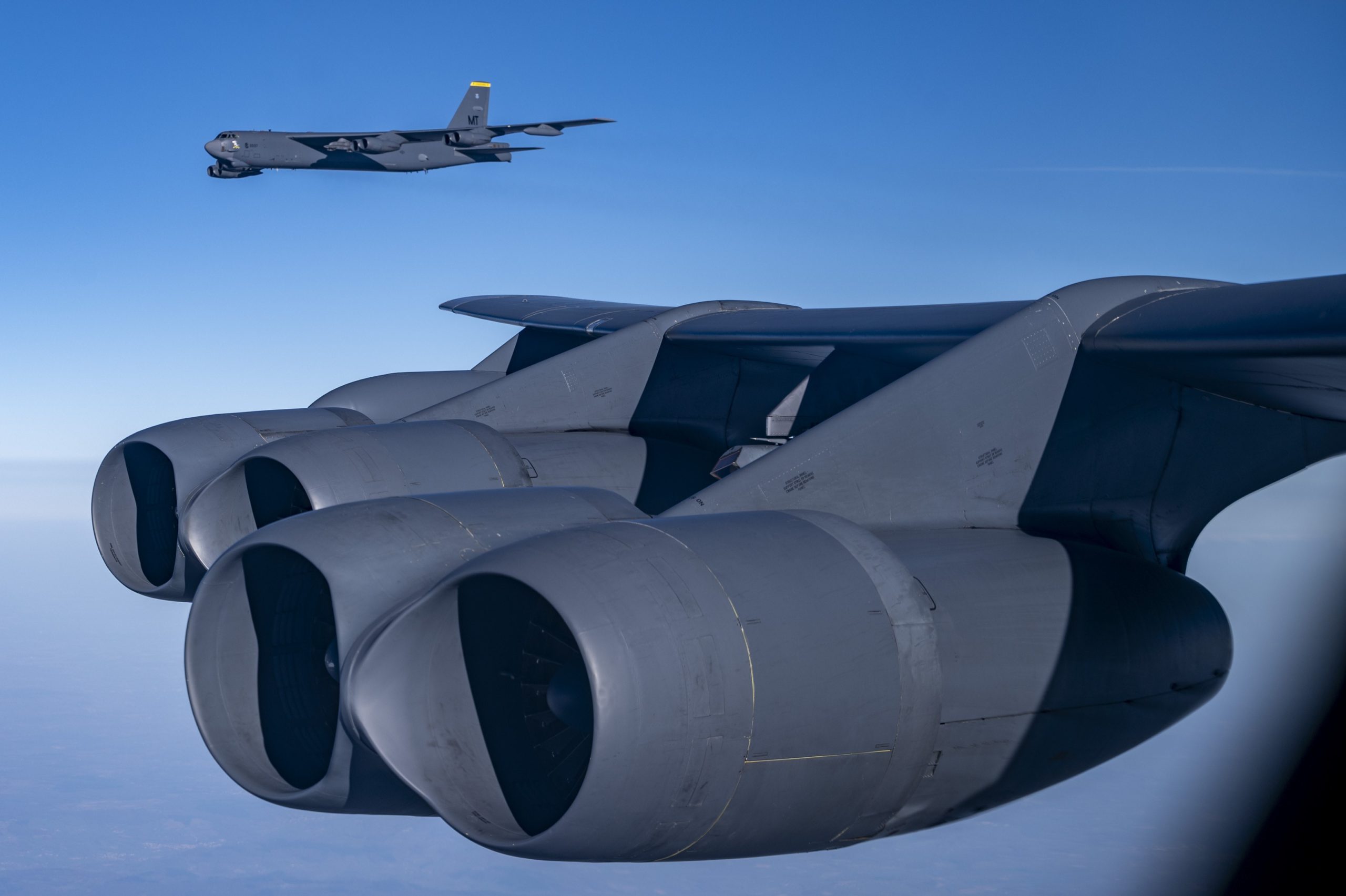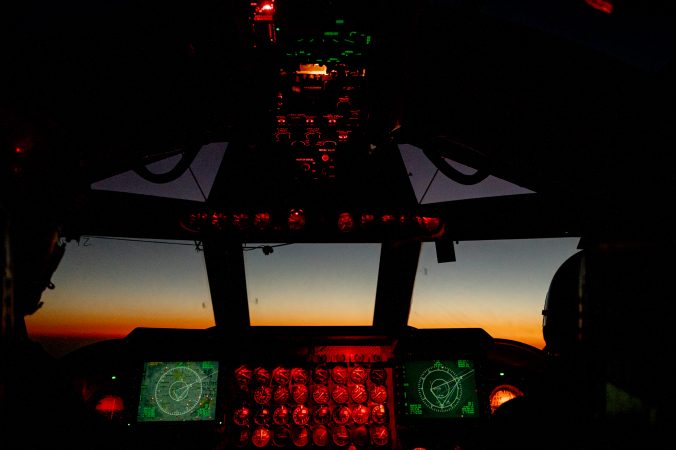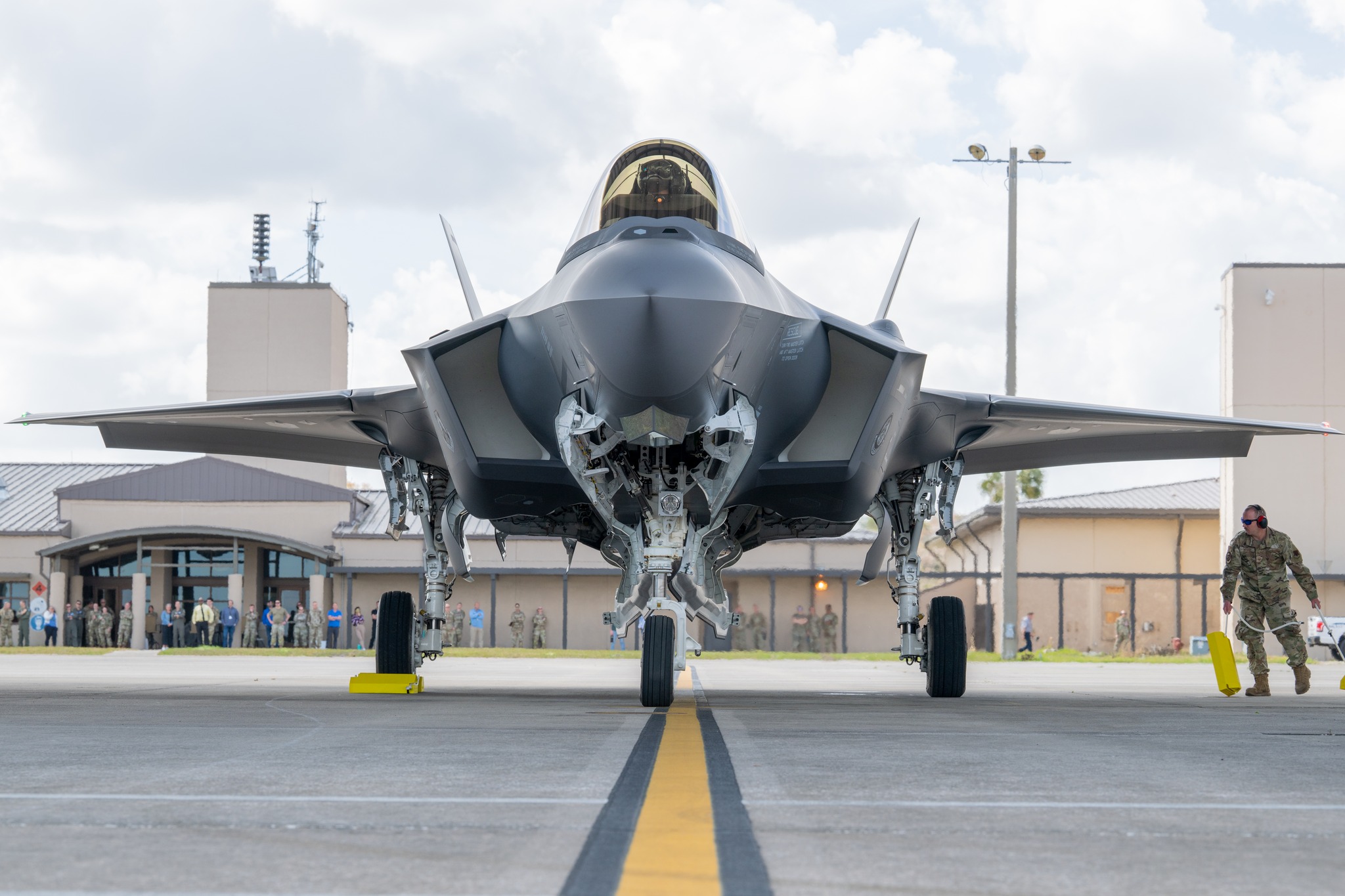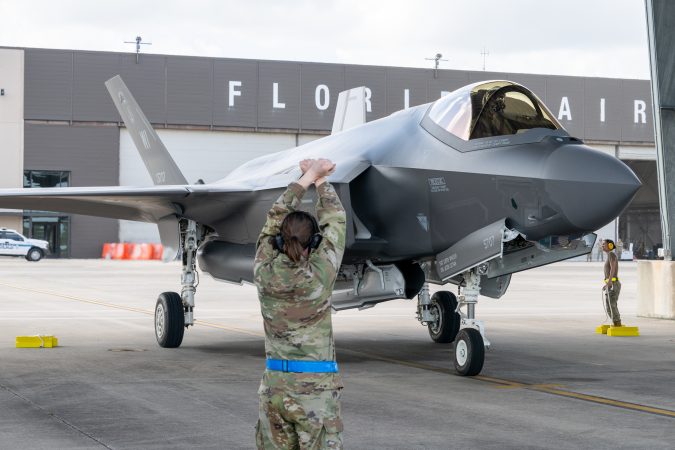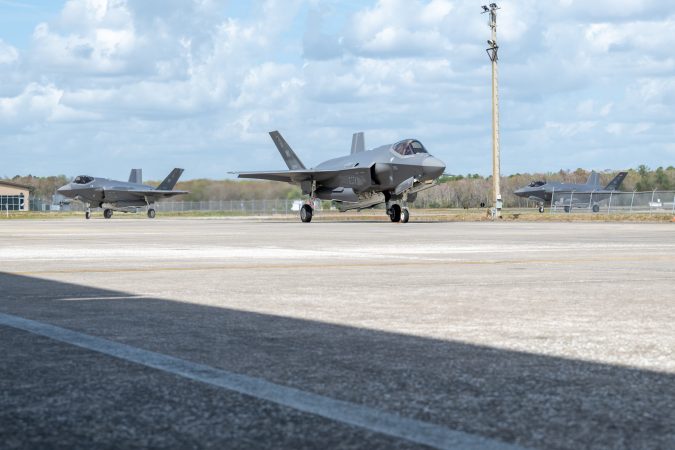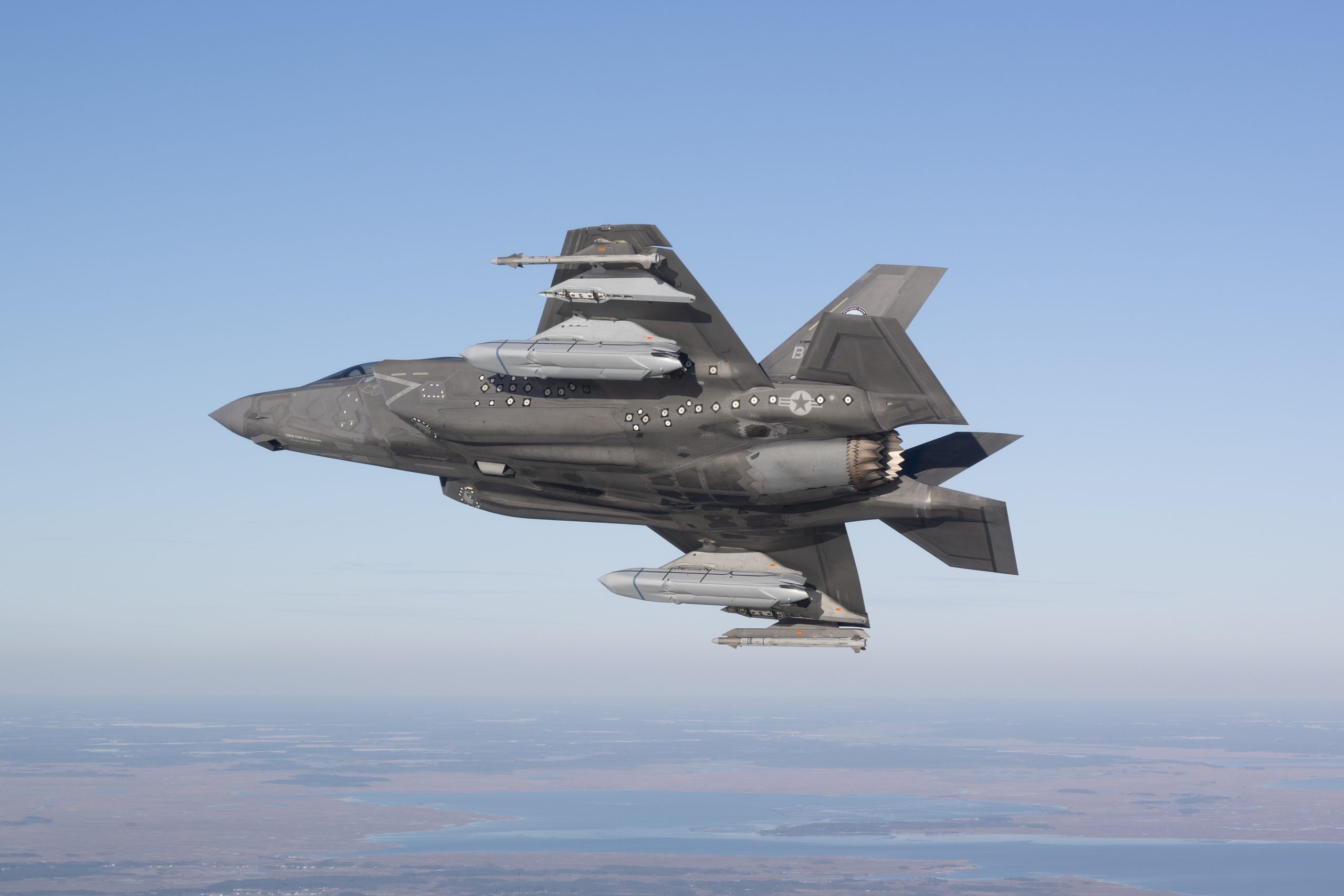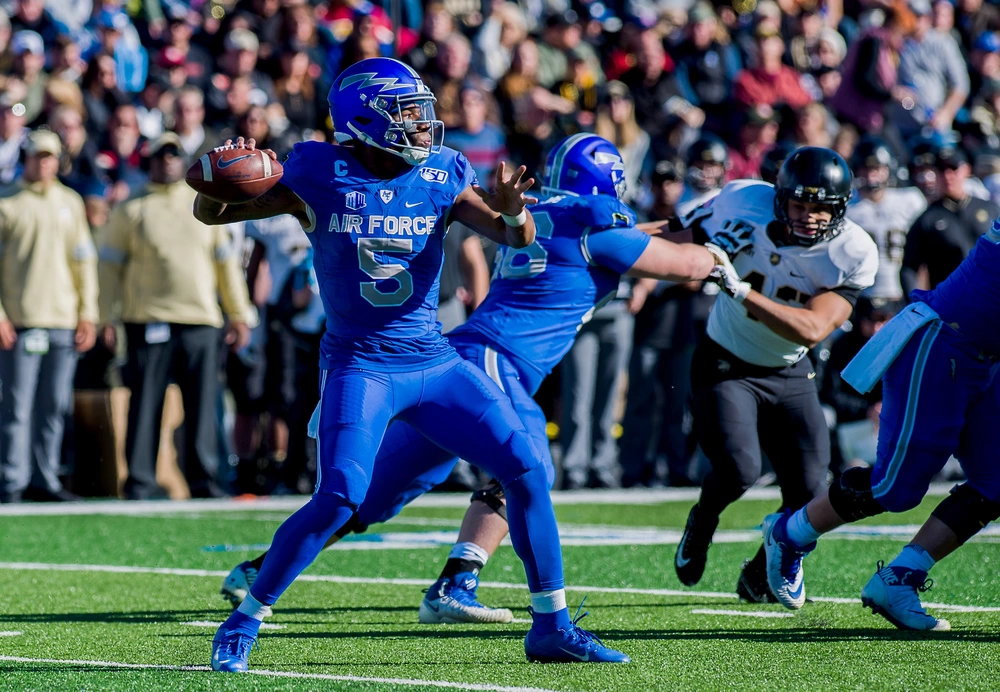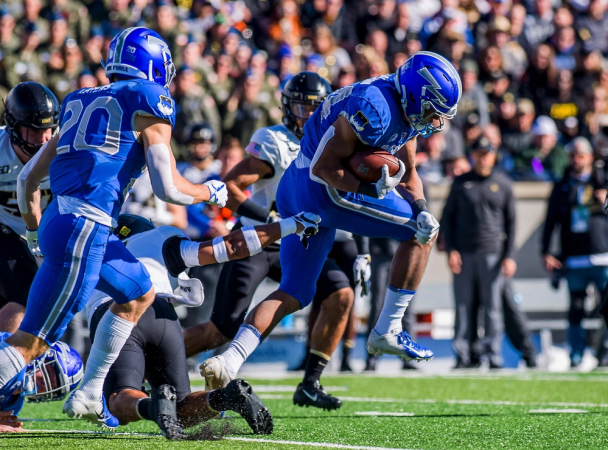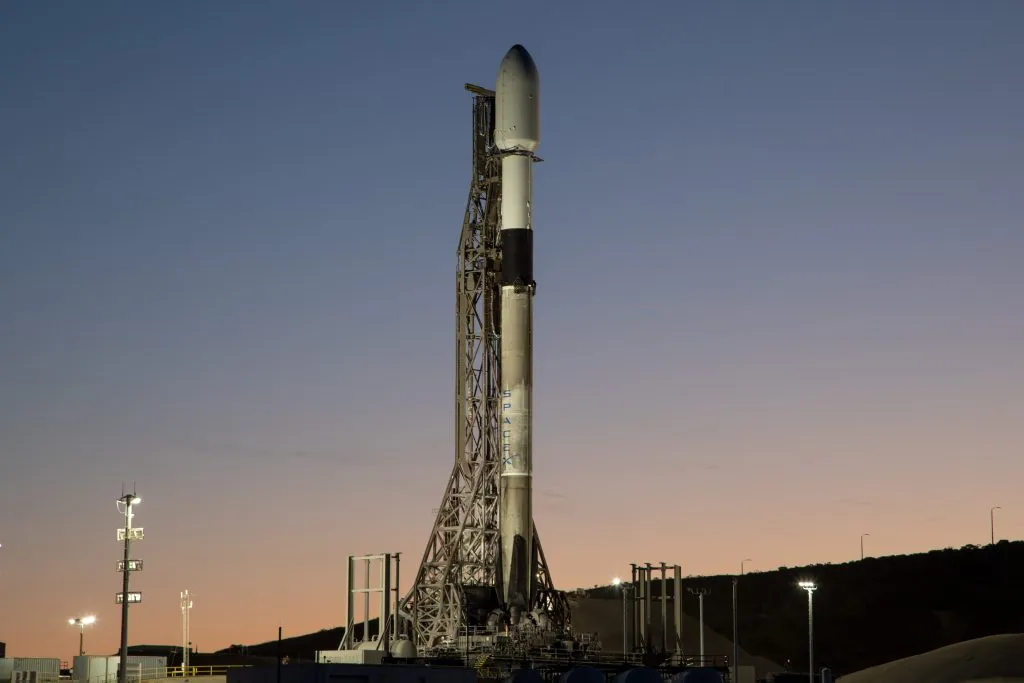The Air Force’s LC-130 touched down on freshwater ice for the first time in decades, signaling the service’s leap in flexibility for “defensive or offensive operations” in the Arctic, according to a USAF official.
The New York Air National Guard landed the C-130 variant “Skibird” aircraft on frozen Parsons Lake in Inuvik, Canada on March 5, with support from Canadian forces. The landing was part of the joint exercise called Nanook-Nunalivut, designed to test the two nations’ Arctic force projection.
This marks the first freshwater ice landing of the tactical heavy-lifter in the 109th Airlift Wing’s history. In the late 1950s and early 1960s however, the early variant of C-130, the LC-130D was tested on frozen lakes near Bemidji in Minnesota, the wing spokesperson told Air & Space Forces Magazine. The D models were later replaced by the H models in the 1980s.
Freshwater ice is denser and purer than seawater ice, which is more prone to cracks due to salt disrupting its crystal structure.
“Although our current regulations treat them the same, freshwater is structurally stronger, leading to thinner ice required to operate from,” the spokesperson said.
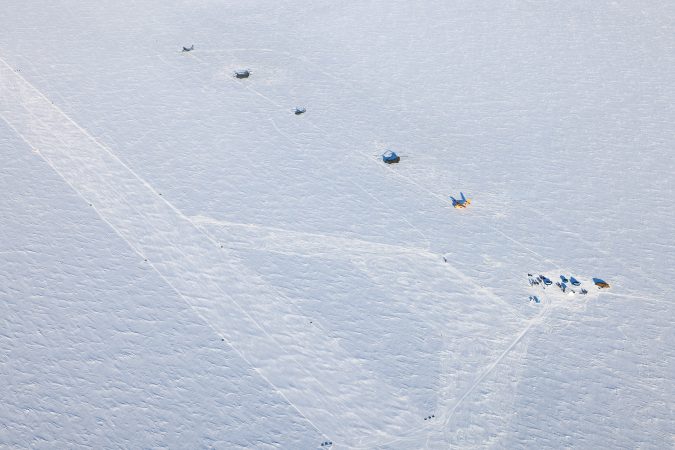
While most of the Arctic is covered by saltwater ice, freshwater ice can form in lakes, rivers, and glacial areas within the region. The ability to land the Skibird on thinner ice opens up significant tactical advantages, providing “more locations to conduct defensive or offensive operations in the High North,” the spokesperson said.
“We are excited to see what the future holds for the LC-130 Hercules and 109th Airlift Wing as we continue to evolve our capabilities in the Arctic,” Lt. Col. Matthew Sala, the 109th deployed commander said in a release, noting the Skibird gives the U.S. access to areas otherwise inaccessible by conventional aircraft.
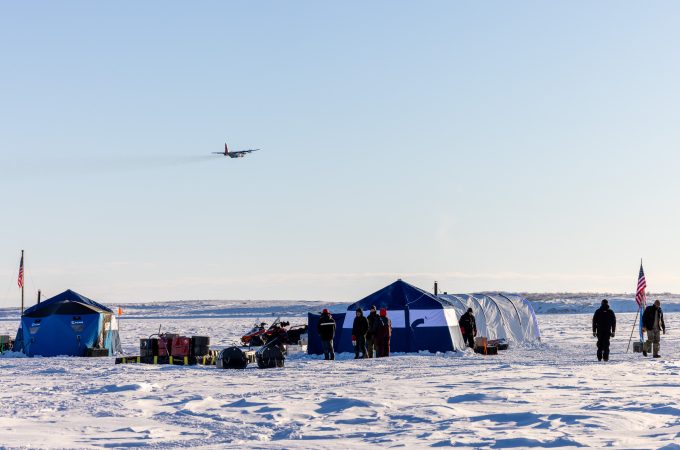
This also enables rapid deployment of personnel, equipment, and supplies to remote locations without runways. The Skibird is the world’s largest tactical aircraft capable of landing on snow and ice using skis, with a payload of up to 45,000 pounds. It’s primarily used for large-scale airlift missions in harsh conditions. Today, the 109th Airlift Wing operates all 10 LC-130s in service.
“Future operations may include recovering downed airmen and aircraft, establishing Arctic Forward Operating Locations on the ice, or resupplying land component forces in the High North,” the spokesperson added.
This joint exercise with Canadian forces began last month in Canada’s Northwest Territories.
The team of 12 Airmen from the 109th, Kentucky ANG’s 123rd, and Minnesota ANG’s 133rd Airlift Wings were able to build the ski landing area for LC-130H on the lake in just one day, with support from Canadian CC-138 Twin Otters, CH-147F Chinook, and CH-146 Griffon helicopters, the release noted.
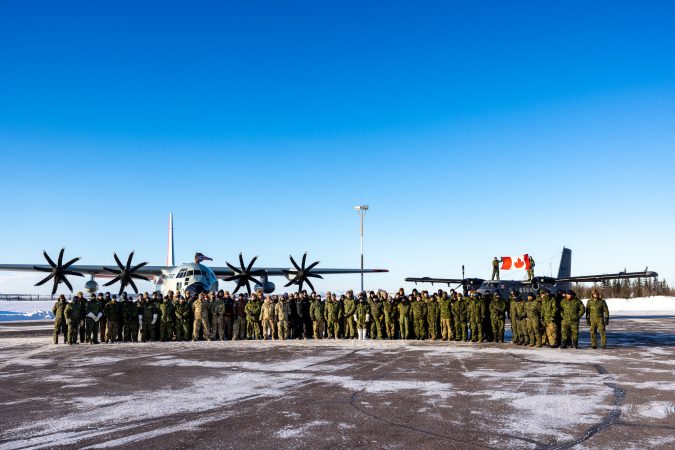
The New York ANG’s first participation of the exercise since 2016, comes amid simmering U.S.-Canada tensions following President Trump’s recent tariff hike on Canadian goods. Despite the political climate, the mission underscored a key lesson for the Airmen. “Integration with the joint force and multinational partners is critical to ensuring mission success,” the spokesperson said.
“We come together and operate, to learn from each other’s abilities to find ways to combine our knowledge to make a stronger force,” added Lt. Col. Steve Thompson of the Royal Canadian Air Force, the Air Task Force commander of the joint exercise.
Such collaborative effort is crucial in the region, as the Arctic’s harsh conditions present various logistical challenges, including the constant resupply of essentials like fuel, food, and equipment – all via airlift. Units from the New York and Minnesota ANG often undergo training in harsh weather, learning to set up base camps, conduct Arctic first aid, and groom ski-ways. In recent years, they’ve broadened their training sites to include Greenland and other sub-Arctic regions.
“Expanding training in northern Canada sharpens tactical aviators’ skills by leveraging this unique region, as practice is essential to iron out the joint force’s strengths and weaknesses before a national emergency,” said Houston Cantwell, a Senior Resident Fellow at AFA’s Mitchell Institute for Aerospace Studies.
Going forward, the Skibird’s expanding landing ability will enable the use of tactical airpower to sustain operations in small forward locations—a vital capability for moving and deploying military forces in these extreme conditions, according to Cantwell.
“The interoperability between the Twin Otter and LC-130 Hercules in the past has proven to be a very successful combination, and we look forward to working together again in the future,” Thompson added.
Both Russia and China have been ramping up their military presence in the Arctic in recent years. Last year, the two countries conducted a joint bomber mission near the Alaska Air Defense Identification Zone (ADIZ), marking a new level of joint operation. Russia also maintains permanent Arctic military bases and boasts the world’s largest icebreaker fleet, with over 57 ice-capable vessels. As the region warms three times faster than the global average, it will intensify military activity as well as competition for resources like natural gas, Cantwell explained.
“Operating in the High North also shows our commitment to the region and establishes a strong presence, which carries deterrent value,” Cantwell said.
